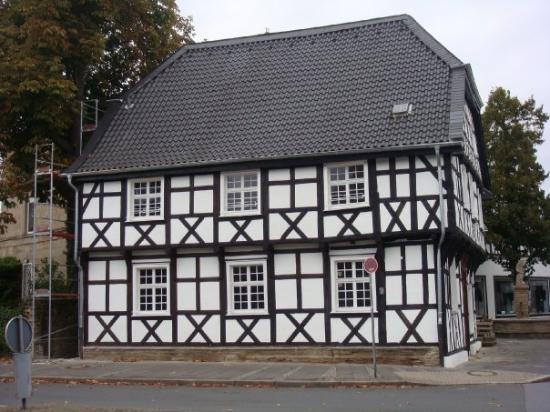The History of Hagen, GermanyHagen was first mentioned ca. 1200, presumably the name of a farm at the junction of the Volme and the Ennepe. After the conquest of Burg Volmarstein in 1324, Hagen passed to the County of Mark. In 1614 it was awarded to the Margraviate of Brandenburg according to the Treaty of Xanten. In 1701 it became part of the Kingdom of Prussia. After the defeat of Prussia in the Fourth Coalition, Hagen was incorporated into the Grand Duchy of Berg from 1807–13. In 1815 it became part of the new Prussian Province of Westphalia. The growth of the city began in the 19th century with the mining of coal and the production of steel in the Ruhr Area. It was the scene of fighting during the Ruhr Uprising, 13 March - 2 April 1920 and has a monument to the Ruhr Red Army. In 1928 Hagen developed into a city of more than 100,000 inhabitants.

On the night of 1 October 1943, 243 Lancasters and 8 Mosquitos from the Royal Air Force's Bomber Command attacked the city. According to the Bomber Command Campaign Diary, "This raid was a complete success achieved on a completely cloud-covered target of small size, with only a moderate bomber effort and at trifling cost." Severe damage was caused. After World War II the town became part of the new state of North Rhine-Westphalia.  |